
In the quest for sustainable agriculture, the implementation of innovative irrigation systems is more crucial than ever. The "pump to pump water" system has emerged as a transformative solution that can significantly enhance irrigation efficiency. According to the Food and Agriculture Organization (FAO), inefficient water use in agriculture contributes to approximately 70% of global freshwater withdrawals, making it vital to adopt systems that optimize water resource management.
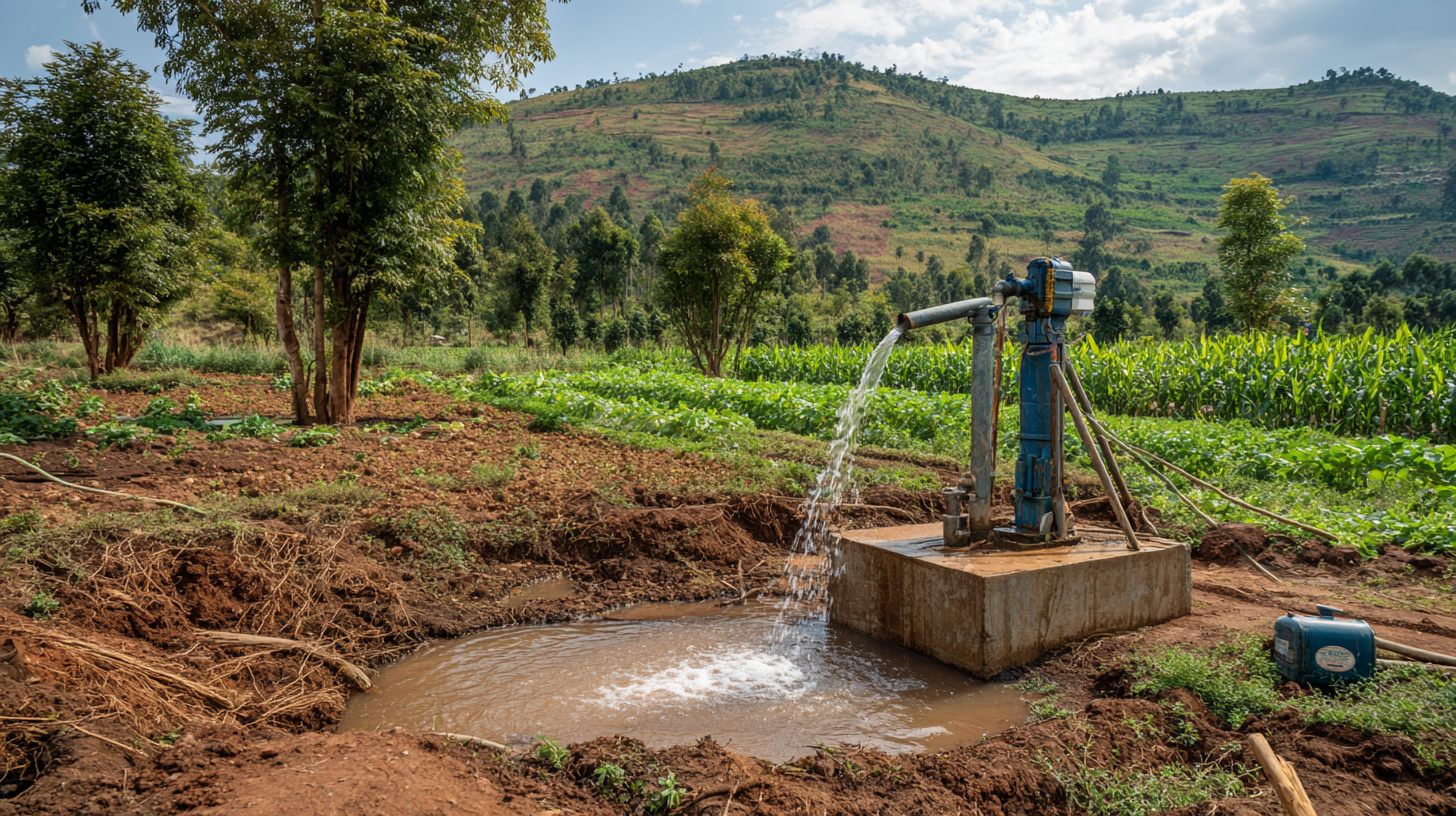
Recent industry reports indicate that integrating advanced pump technologies can improve water conveyance efficiency by up to 30%, thus reducing waste and ensuring that crops receive adequate hydration. As climate change continues to affect water availability, it is essential for farmers to embrace such advancements, which not only bolster productivity but also align with sustainability goals. By harnessing the power of pump to pump water systems, the agricultural sector can pave the way towards a more resilient and eco-friendly future.
Innovative Pump to Pump Water Systems are at the forefront of transforming agricultural water management in the quest for sustainability. These systems utilize interconnected pumps to create a continuous flow of water, ensuring that each part of the field receives the precise amount of water it needs. By optimizing the distribution process, farmers can minimize water waste and improve crop yield, making it an essential tool in modern agriculture.
The efficiency of Pump to Pump Water Systems lies in their ability to automate water distribution, reducing the labor involved in traditional irrigation methods. This technology allows farmers to monitor and adjust water delivery in real-time, responding swiftly to changing weather conditions or soil moisture levels. As a result, not only does this method conserve a vital resource, but it also enhances agricultural productivity, paving the way for sustainable farming practices that can withstand the pressures of climate change.
Advanced pump technologies are playing a pivotal role in enhancing water efficiency in sustainable agriculture. According to a report from the International Water Management Institute, optimizing irrigation systems could reduce water usage in agriculture by up to 50%, highlighting the critical need for improved pump solutions. The integration of smart pumps and automated control systems allows for precise water delivery, ensuring that crops receive the right amount of hydration at the right time. This not only conserves water resources but also boosts crop yields, demonstrating the dual benefit of efficiency and productivity.
Recent advancements in pump technology, including variable frequency drives (VFDs) and high-efficiency pumps, have shown to increase energy efficiency by as much as 30% compared to traditional systems. A study by the United Nations Food and Agriculture Organization indicates that leveraging such technologies could save agricultural sectors around $2.6 billion annually in energy costs globally. By implementing these innovations, farmers can significantly decrease water and energy expenses, ultimately contributing to a more sustainable and resilient agricultural landscape.
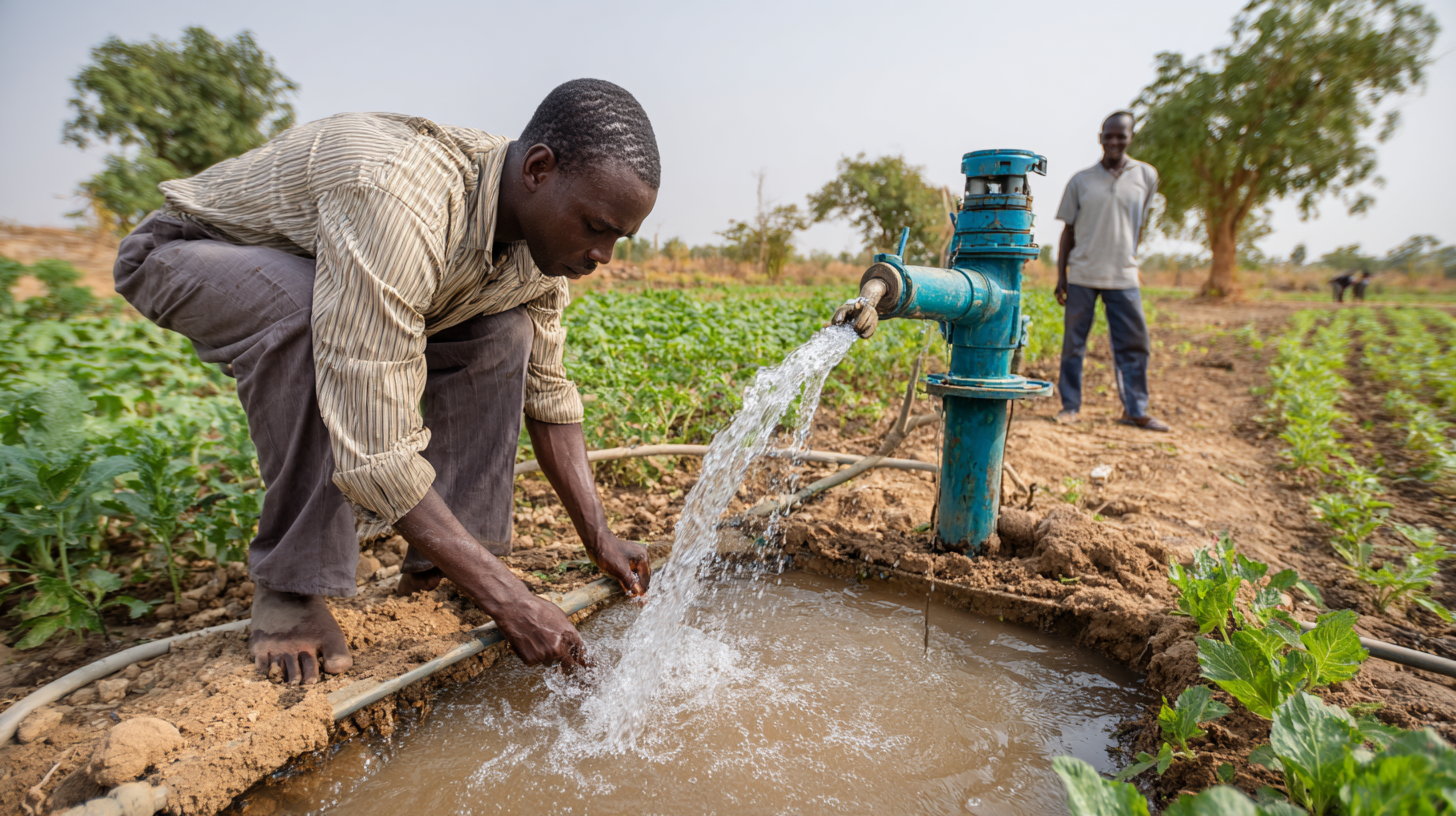
The integration of digital solutions in irrigation systems is transforming the landscape of sustainable agriculture. By utilizing advanced technologies, farmers can maximize water efficiency and optimize their crop yield. Smart sensors, data analytics, and automated irrigation controls allow for precise water delivery based on real-time conditions, reducing waste and ensuring plants receive the optimal amount of hydration.
Tips for Implementing Digital Solutions:
With the shift towards pump-to-pump water systems, farmers can further enhance their irrigation efficiency. These systems facilitate the direct movement of water from the source to the fields, minimizing energy consumption and losses. As agriculture faces the twin challenges of climate change and resource scarcity, leveraging digital innovations in irrigation is essential for building a sustainable future.
The implementation of pump to pump water systems in agriculture has been transforming irrigation practices, leading to enhanced water efficiency and sustainability. Case studies highlight successful projects where these systems have significantly improved crop yields while reducing water wastage. For example, a farm in California integrated a decentralized pump to pump system that utilized renewable energy sources to operate. This not only minimized energy costs but also ensured that water was distributed evenly across various fields, resulting in healthier crops and increased productivity.
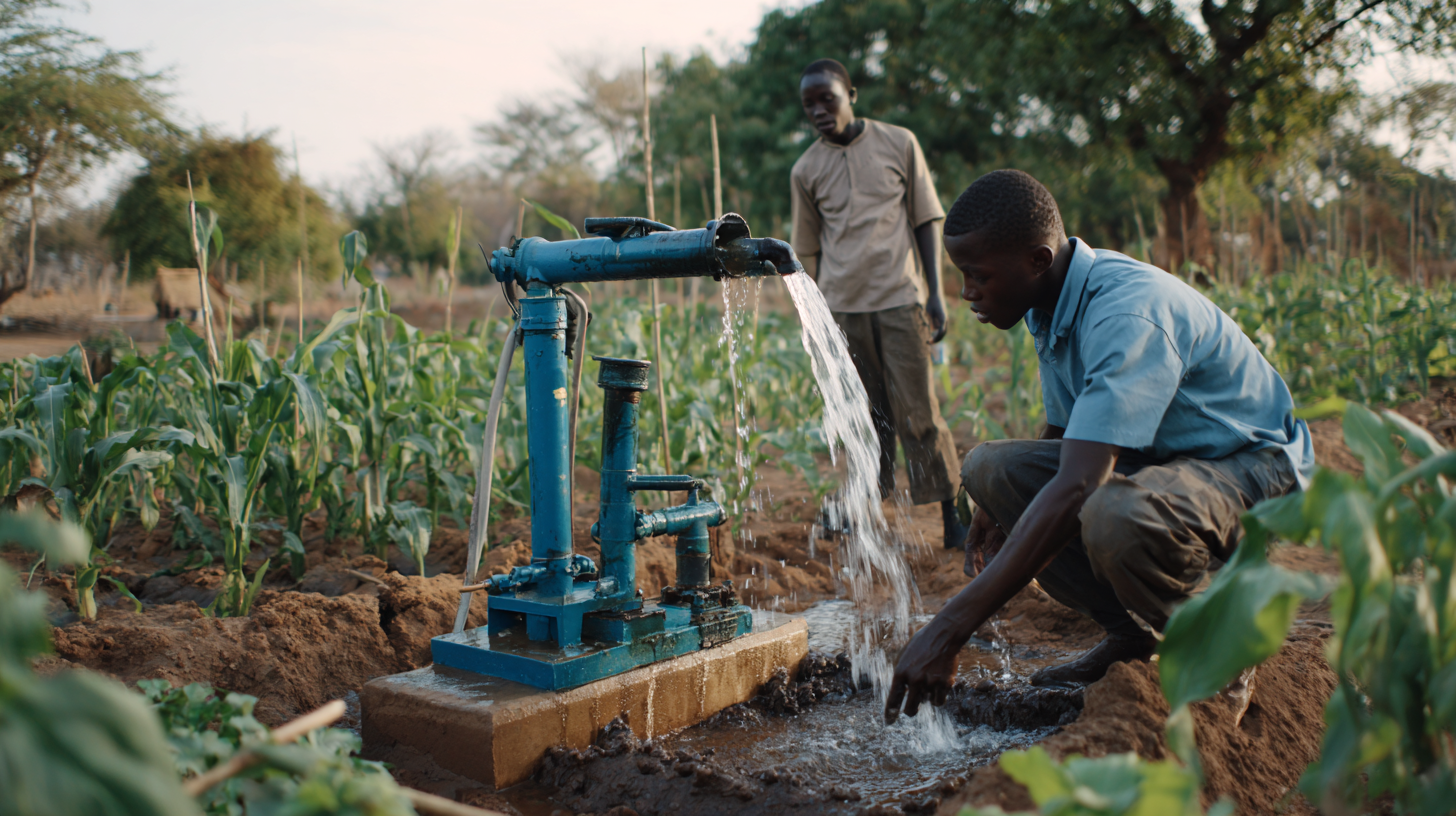
In another case, a cooperative in India adopted a pump to pump water distribution model to support smallholder farmers. By connecting multiple water sources through a series of pumps, farmers could access irrigation on-demand, eliminating reliance on unpredictable rainfall. This approach also fostered community collaboration as farmers shared resources and knowledge, ultimately leading to a more resilient agricultural landscape. These examples demonstrate how pump to pump systems are not just innovative technology; they represent a fundamental shift towards more sustainable agricultural practices that can adapt to the challenges of a changing climate.
The future of sustainable agriculture hinges on the evolution of irrigation technologies, particularly with innovative pump to pump water systems. According to a report by the Food and Agriculture Organization (FAO), agricultural water use efficiency needs to increase by 30% by 2030 to meet food demands for a projected global population of 9.7 billion. The next generation of sustainable irrigation technologies, including smart pump systems, can play a vital role in achieving this target by reducing water loss and optimizing water distribution.
Emerging trends in irrigation technology emphasize automation and real-time monitoring. For example, a study by the Irrigation Association reveals that automated systems can reduce water usage by up to 50%. By implementing advanced sensors and IoT devices, farmers can monitor soil moisture levels and adjust irrigation schedules accordingly, leading to significant savings. Furthermore, the integration of renewable energy sources, such as solar-powered pumps, enhances sustainability and reduces the carbon footprint of traditional irrigation methods. With global water scarcity becoming an increasingly pressing issue, these innovations represent a crucial step towards revolutionizing agriculture and ensuring food security for the future.
This chart illustrates the projected advancements in irrigation efficiency over the next decade, with a focus on the implementation of pump-to-pump water systems in sustainable agriculture. The data reflects the expected percentage improvements in water usage efficiency, crop yield, and overall sustainability from 2023 to 2033.


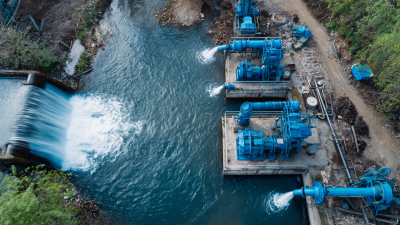
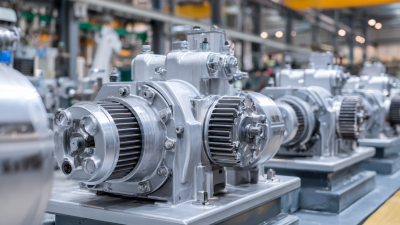

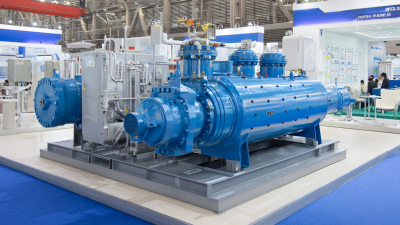
We are here to help you with all your queries and concerns, just write to us using the below form and we will get back to you as soon as we can.